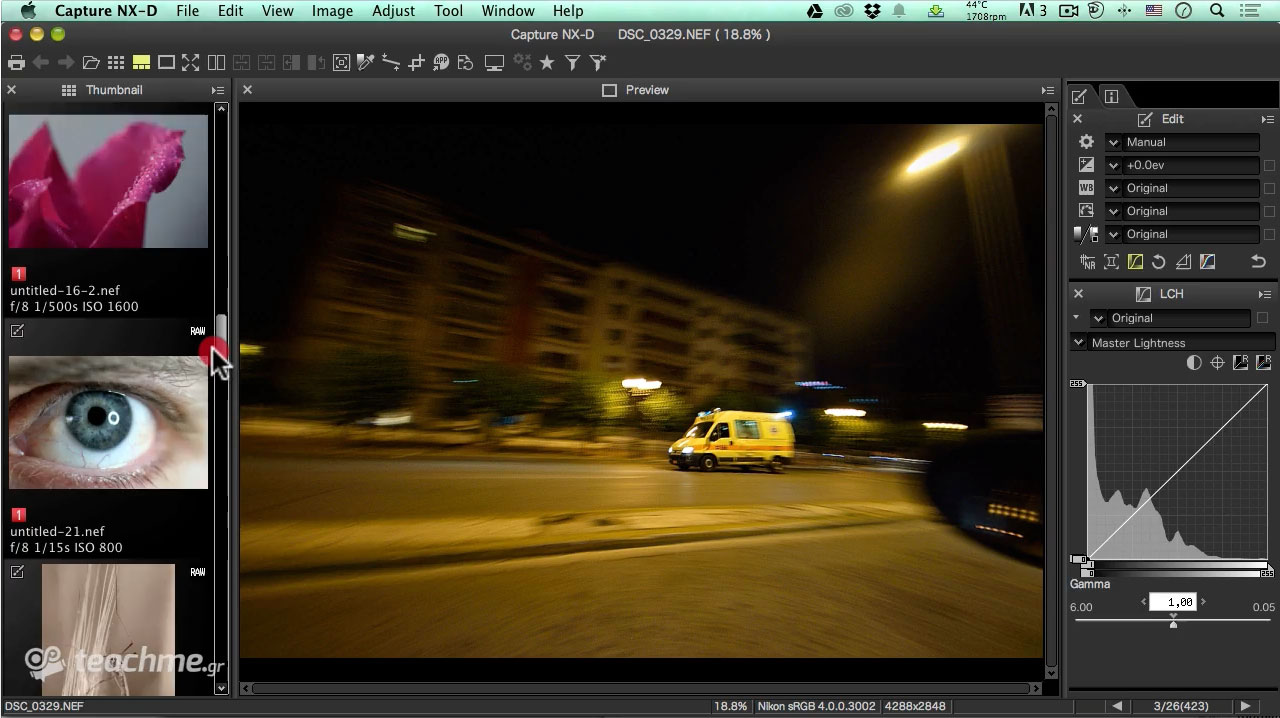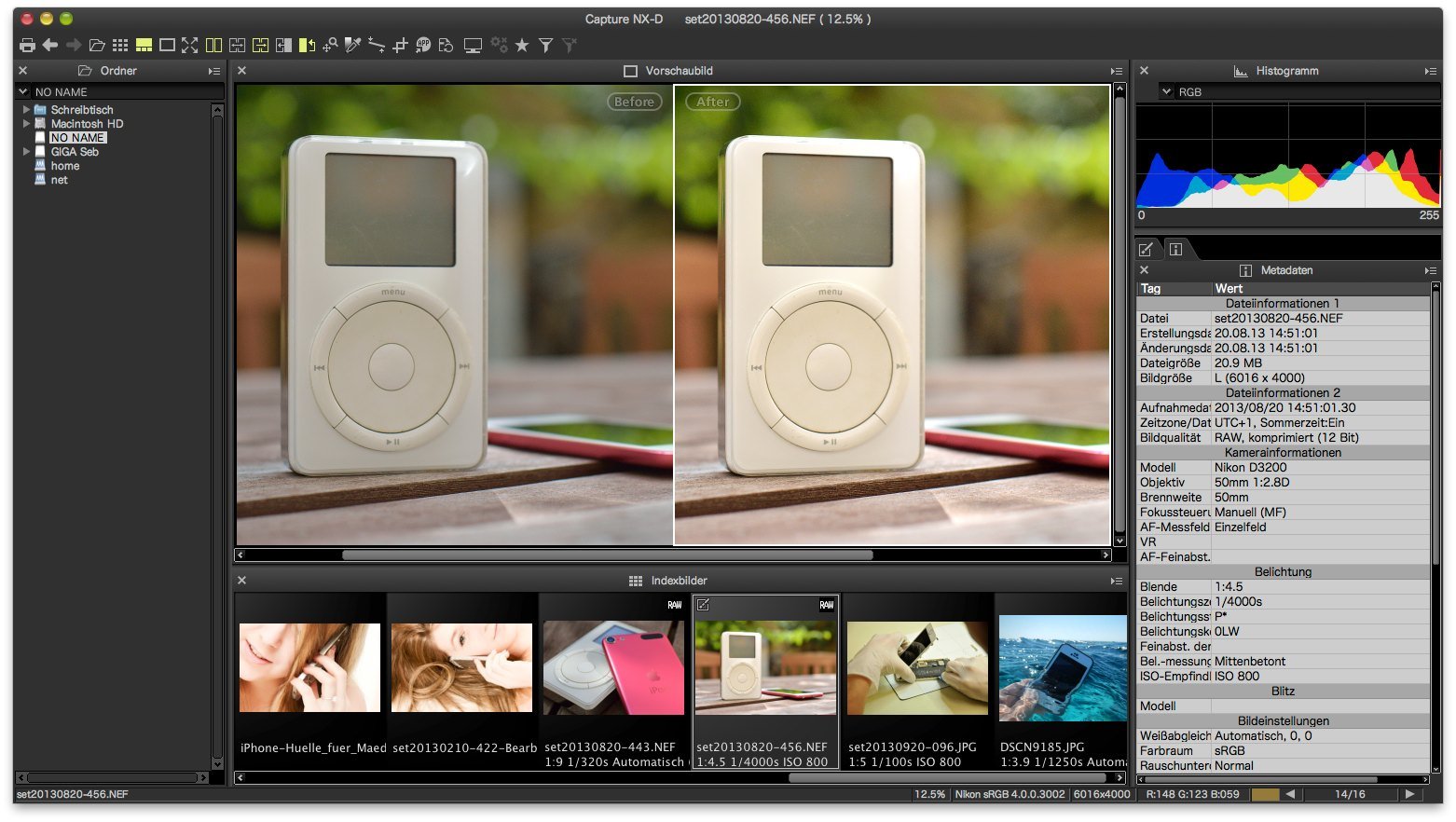

22), but is greatly expressed in high ISO photos (Pic.

It’s not visible enough when you deal with low ISO images (Pic. You can obviously save each of your post-processed images, but it takes longer, and we don’t want that.Īnyway, coming across this process we can quickly notice, that the outcome is really poor. The 1:1 scale is not always comfortable, as we prefer to take a general look at our image and see how the noise behaves under potentially smaller sizes. This application is specific because you cannot see the denoise result unless you zoom in on the real image size. The Raw Therapee is the last one, which I took into account with this process. It puts our work far behind the Darktable shown above. In the outcome, we still see quite a lot of hot pixels. Unfortunately, the denoise scale offered by PhotoScape X wasn’t enough to proceed with this photo correctly. 20, 21 – Noise reduction in PhotoScape for ISO 10000 image, when 100% of the process has been applied. This is the denoise profiled option, which must be doubled in terms of the distinction between lightness and color (Pic. I came across all of them, following the Youtube tutorial attached below, and used the best (or the most effective) one in my images. The Darktable has a few ways of noise reduction, which have been listed and perfectly described on this page. Nonetheless, the time is not important as the output quality is, so let me run you through all major denoise solutions offered by the following OpenSource software. To bring this view back to the one, seen on our camera screen we must spend our precious time denoising, which can be shorter or longer depending on the software. THE BEST STANDARD WAYS OF RAW IMAGE DENOISE

Nikon capture nx d vs gimp software#
The Nikon Capture NX-D software gives us in default 50% denoised image, so we don’t see the awful color grains anymore.Ģ. The color and light noise, which comes from RAW is terrible, making the image quality strongly deteriorate. Now, the difference between Capture NX-D and the OpenSource software spectrum is striking. 4 – 6 Initial image appearance in all the opensource image processing software taken into account, where: 4 – ISO 250, Larb Hollow Overlook, UT, USA 5 – ISO 2500, Addenbrookes Hospital as seen from Haddenham, UK 6 – ISO 10000, The Magellan Clouds seen near Gnowangerup, WA, Australia. It can be noticed in coloration, which looks quite faint. The RAW images look quite similar in each software, except Nikon Capture NX-D, where it looks initially denoised, as denoise parameters have been set in default at 50% (Pic. I also used GIMP, which is mostly tailored for photo edit rather than processing from the raw state but only in exceptions. 3 of them are 3 rd party open-source image processing tools and the last one comes originally from the Nikon branch – Nikon Capture NX-D. Below I presented the 3 images with different ISO, which have been imported to the 4 image processing applications. Nevertheless, we must come through the awkward step at the early stage of our image processing, which is noise reduction. The RAW format gives us many more possibilities, than. There is a lot of information in the description of the difference between these 2 formats. The RAW ones aren’t denoised since they are like digital negatives and contain unprocessed (or minimally processed) data from a digital camera sensor. Basically, it is to be done by our camera, when saving the photo in.

In my work, I would like to split between 3 images with different ISO sensitivities.įirstly I would like to pay attention to the initial denoise process. In this quite long article, I would like to tackle some noise reduction exercises with the utilization of a few open-source image processing tools. It is only one side, where the noise can play a positive role – this is the image sharpness. Unfortunately, noise can seriously deteriorate the quality of our image. It’s expressed by random speckles present on our image, which we can compare to the film grain for analog cameras. Just seen a post about Affinity and conversion, so I am curious.Noise is a ubiquitous feature for all images, which we take. I'm trying picolay at the moment, but I don't feel it does well with the photos (lots of soft glowy parts). When someone mentioned the photo stacking, I went for a browse and affinity was one of the options, paid. However when I upgraded to the leica, I was teased into using lightroom ( ufraw and gimp didn't do too well - well gimp was ok, but the raw processing sucked for ufraw) the online version as the solid download/classic wasn't to be found (adobe wanting you pay and keep on paying). Previously with the nikon d300 I was fairly happy with the ufraw and gimp processing (sometimes looked a little weird on colour merges, but overall ok - as I has lost the cd/software that came with the camera or it was sluggish).


 0 kommentar(er)
0 kommentar(er)
